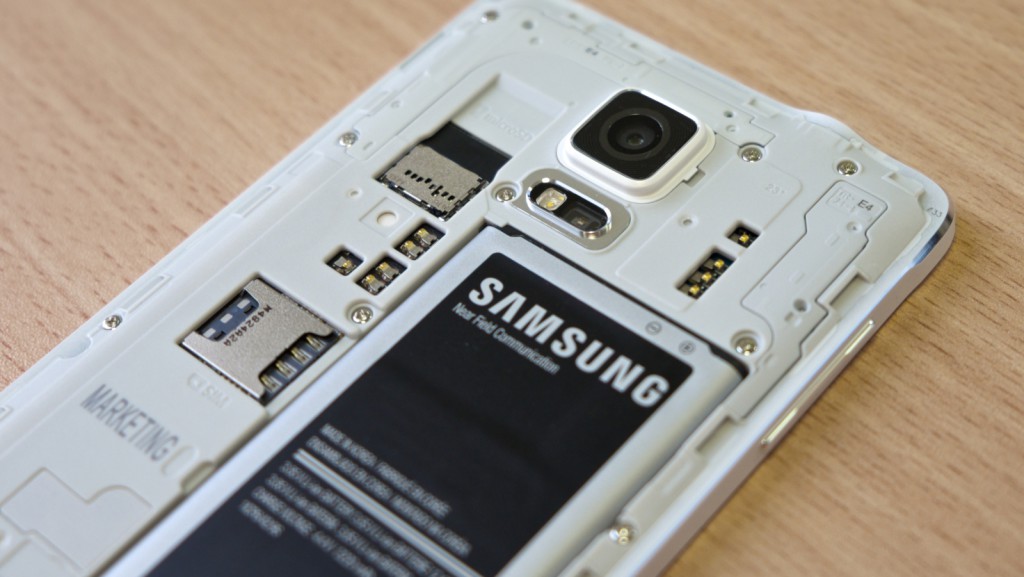The one issue that marred the otherwise stellar Samsung Galaxy S6 was its paltry battery life, but it seems that the company responsible has quickly found a possible fix.
A Samsung-funded project has made an interesting breakthrough in silicon-based battery technology, which is said to result in up to 1.8-times the capacity of a similarly sized lithium-ion battery — the tech currently used in modern smartphones. After 200 charges, this only drops to 1.5-times, which is where the real improvement can be seen.
No ad to show here.
The thesis is a dense one, but the takeaway is simple.
Previous attempts at silicon-based batteries suffered from “large volume change” caused by constant discharge and charge cycles, but this technology overcomes this thanks to “graphene layers anchored onto the silicon surface.”
Read more: IBM: carbon nanotech coming soon to a phone near you
Graphene is often regarded as the sliced bread material in modern science, and as a structural variant of carbon, it has many uses across many spheres of manufacturing. But it’s particularly useful, it seems, to get a misbehaving battery to settle down and hold a charge.
While we probably won’t see this technology in the next edition of the Samsung Galaxy though as it’s not ready to market at all, it’s definitely a step in the right direction for smartphone power storage.
If you haven’t had your daily dose of science jargon yet, you can read the entire thesis here.
Feature image: Kārlis Dambrāns via Flickr
